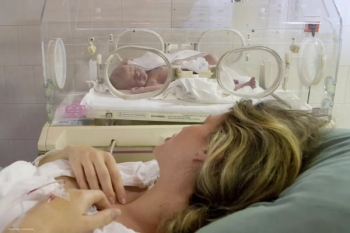
Central VF progression faster in NTG with autonomic dysfunction
Central visual field (VF) progression is faster in patients with normal tension glaucoma (NTG) and lower heart-rate variability than it is in NTG patients with higher heart-rate variability, according to recently published research.
Central visual field (VF) progression is faster in patients with normal tension glaucoma (NTG) and lower heart-rate variability than it is in NTG patients with higher heart-rate variability, according to research published online before print in Investigative Ophthalmology and Visual Science.
Lower heart-rate variability indicates autonomic dysfunction with sympathetic predominance, note the researchers, who add that intraocular pressure-independent risk factors such as migraine, orthostatic hypotension and autonomic dysfunction are related to central VF progression.
The Seoul, South Korea, investigators retrospectively studied 48 eyes with NTG in more than 7 VF tests during at least 5 years of follow-up. Rheumatology assessments determined their heart-rate variability.
The scientists organized patients into heart-rate-variability groups based on the standard deviation value of the qualified normal-to-normal intervals of the assessment. They divided VF into central and peripheral regions as well as superior and inferior regions. Using a linear mixed model, they examined each group’s rates of change in the mean thresholds of each designated region. They also examined potential clinical factors associated with central VF progression.
The lowest and highest heart-rate-variability groups showed similar stages of glaucoma damage, as revealed by baseline VF. The two groups also had similar mean global rate of VF changes, with only the rate of VF change in the central and superior central regions differing significantly. Significantly associated with central VF progression were baseline VF pattern standard deviation, migraine, orthostatic hypotension, and lower heart-rate-variability.
To view the abstract of the study, visit the journal's
Newsletter
Get the essential updates shaping the future of pharma manufacturing and compliance—subscribe today to Pharmaceutical Technology and never miss a breakthrough.












































